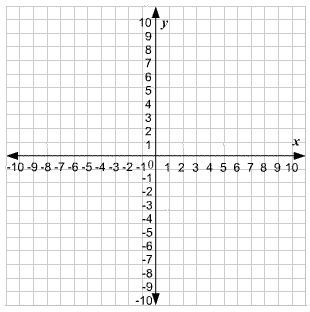(Modified article, find the original here.)
In the broadest definition of the term, “3D” would describe any object that occurs on a three-axis Cartesian coordinate system. If that sounds too technical, don’t worry we are going to explain what that means.
A Cartesian coordinate system is basically a fancy way of describing the X and Y axes. Have you made little graphs and charts with the X axis being horizontal, and the Y axis being vertical, right?
The axis look like this:

Things are very much the same in the world of 3D, with one exception: there’s a third axis: Z, which represents depth.
So it looks like this:

So by definition, any object that can be represented on a three-axis system is 3D.
Easy, right?
Ok, let’s continue.
3D in Relation to Computer Graphics:
Now we are going to apply that 3D into the computer graphics industry, which includes film, television, advertising, engineering, and video game development.
Here are some important things about 3D computer graphics:
- The basic definition of 3D space stays the same: Everything about the X, Y, and Z-axis still holds true, but there’s one catch. While real world 3D objects physically exist in three dimensions, in the digital world of computer graphics 3D objects can only be represented mathematically.
- 3D Models: Any representation of an object in digital space, is called a 3D model (a collection of data points that mark thousands or millions of different coordinates in Cartesian space.)
- The software does the math: Luckily for us the 3D software deals with most of the difficult mathematics and represents geometric objects made up of edges, vertices, and polygonal faces. Most software environments have built in real-time render engines capable of displaying 3D models with semi-realistic lighting, shadows, and textures.
More On the Z-Axis:
Since the Z-axis is such an essential characteristic of 3D space, let’s take a closer look at what “Z” really means in a 3D software environment.
The Z coordinate can be used to measure four things in 3D computer graphics:
- The depth of an object in terms of size. As in, 5 units wide, 4 units tall, and 3 units deep.
- The location of an object in relation to the origin. The origin in any 3D scene is (0,0,0) with the third number usually being “Z”. There are a few smaller 3D packages that use Z as the vertical axis, but these cases are rare.
- The distance of an object from the rendered camera, known in computer graphics as z-depth. Z-Depth is often used to apply depth of field effects in post-production, and in video games it’s used for level of detail optimizations.
- The Z-axis of rotation. For example, a ball rolling away from a camera would be said to be rotating along the negative Z-axis.
A final note: 3D movies.
The word 3D means something entirely different when used in reference to 3D movies (the kind that require you to wear glasses and make you want to reach out and try to touch the things popping out of the screen). 3D films can, and often do, have an aspect of 3D computer graphics.
The defining characteristic of “3D cinema” is that the filmmakers must use some means to trick the human visual system into an illusory perception of depth.